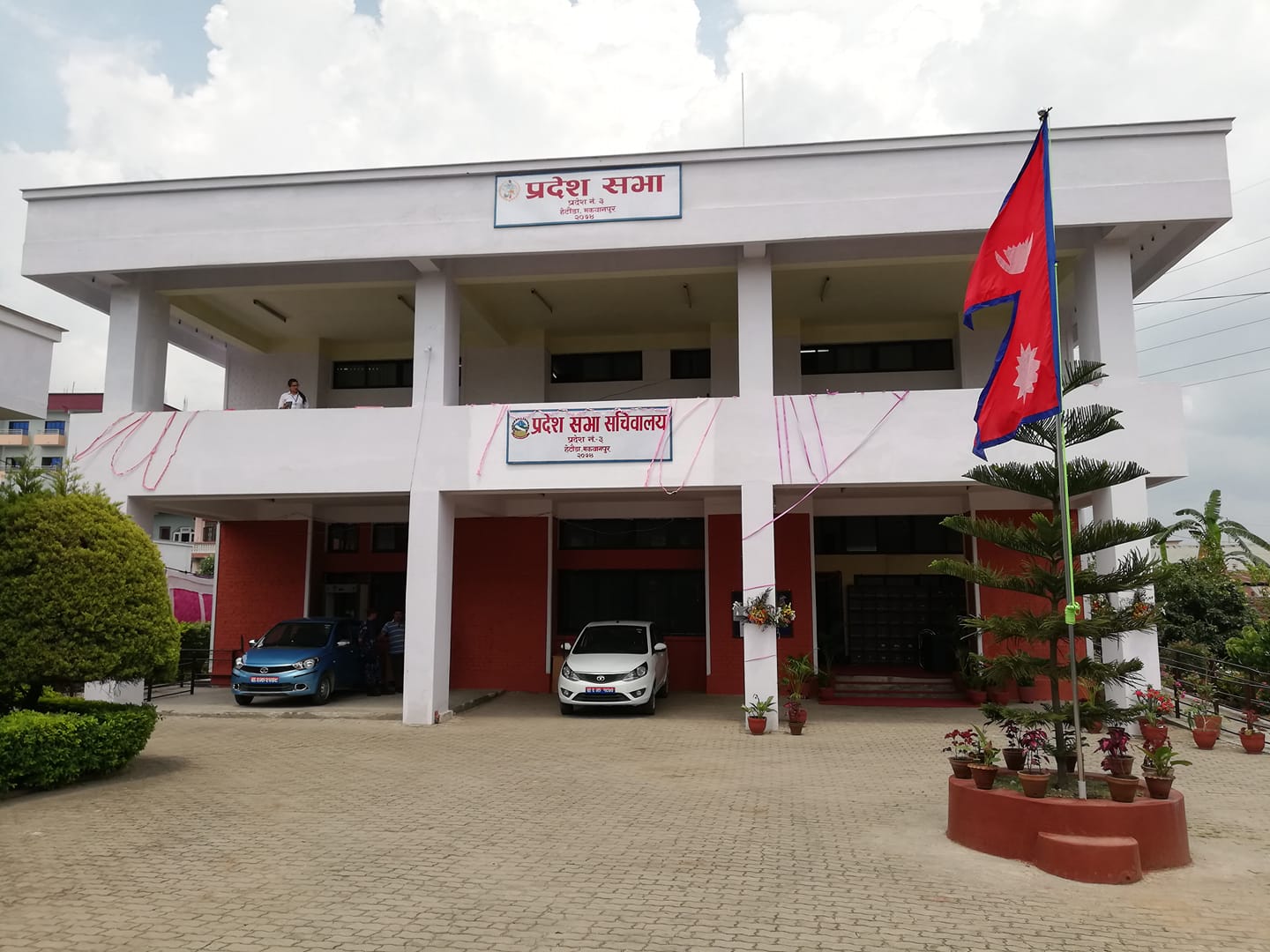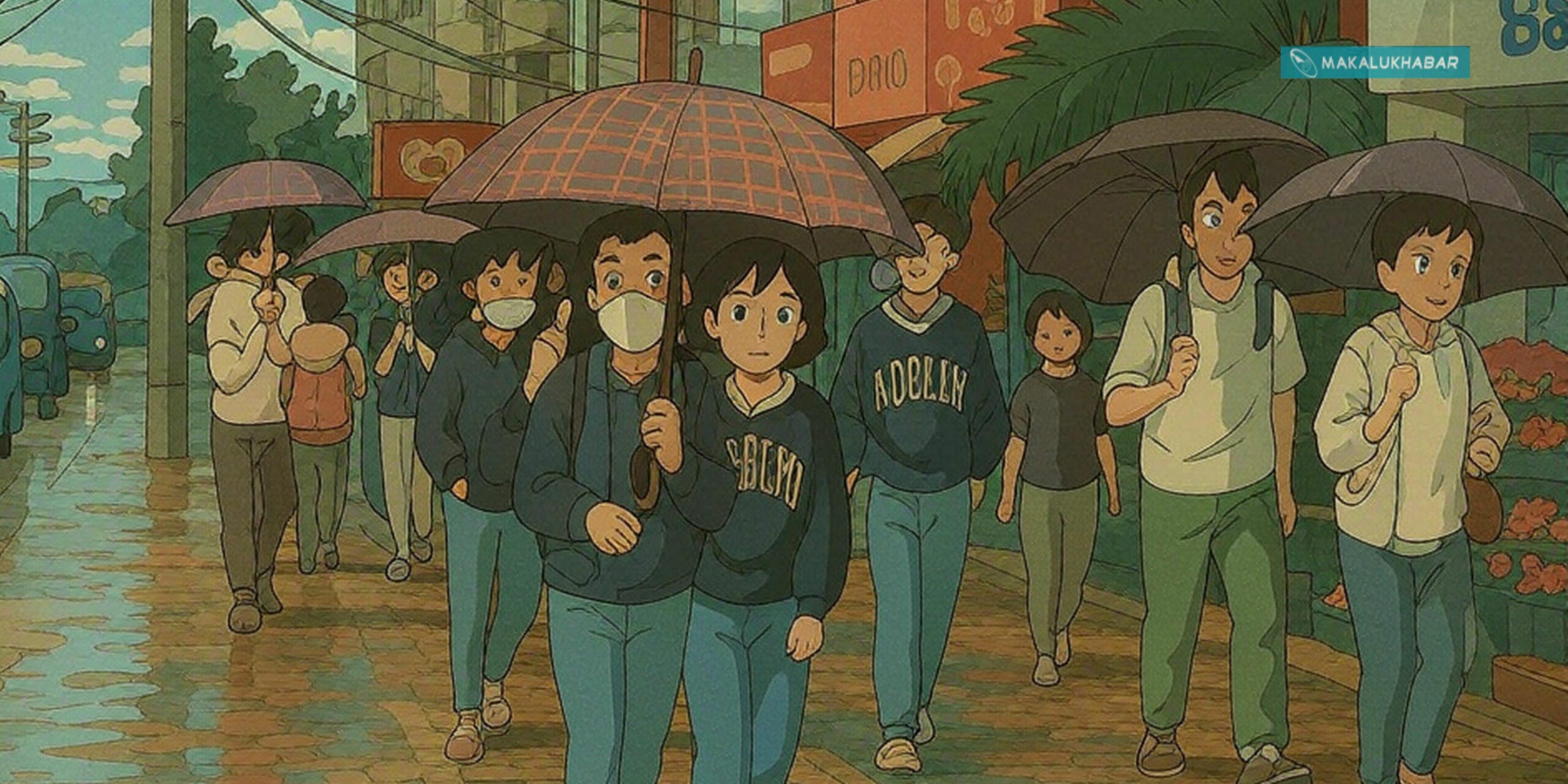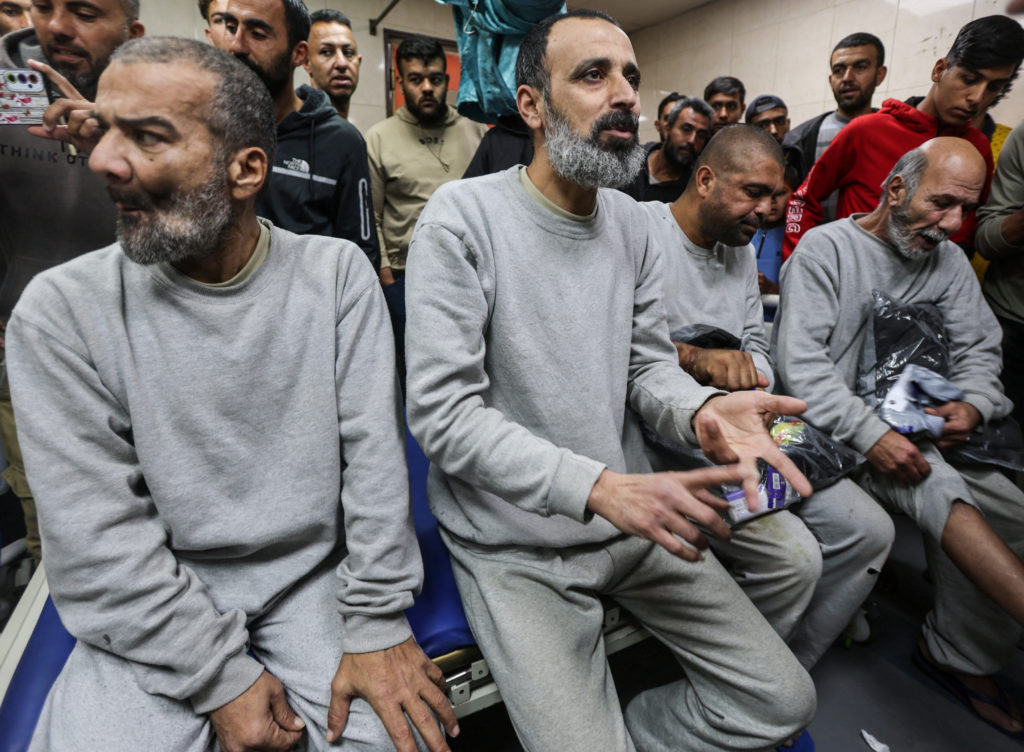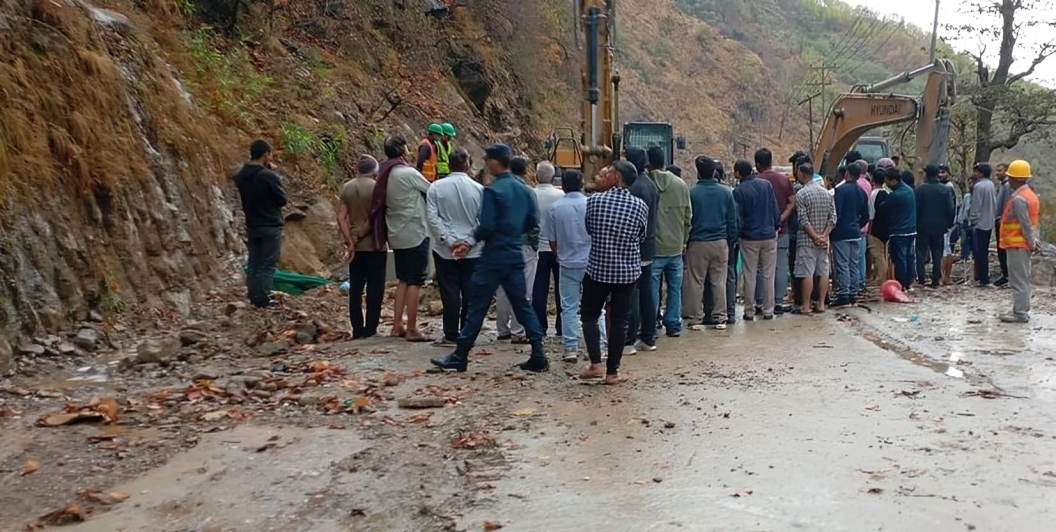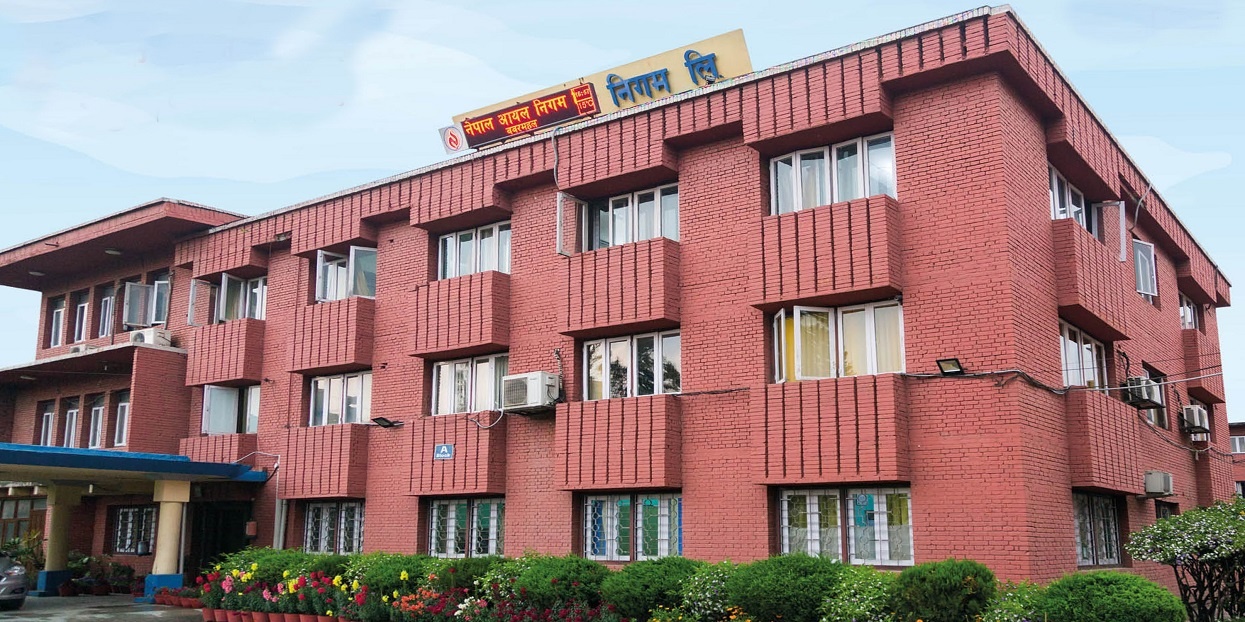Tranquil meadows & majestic mountains: A scenic paradise
The reserve, Nepal's only hunting reserve, has become increasingly attractive as its meadows and slopes burst into vibrant hues, particularly during the rainy season.
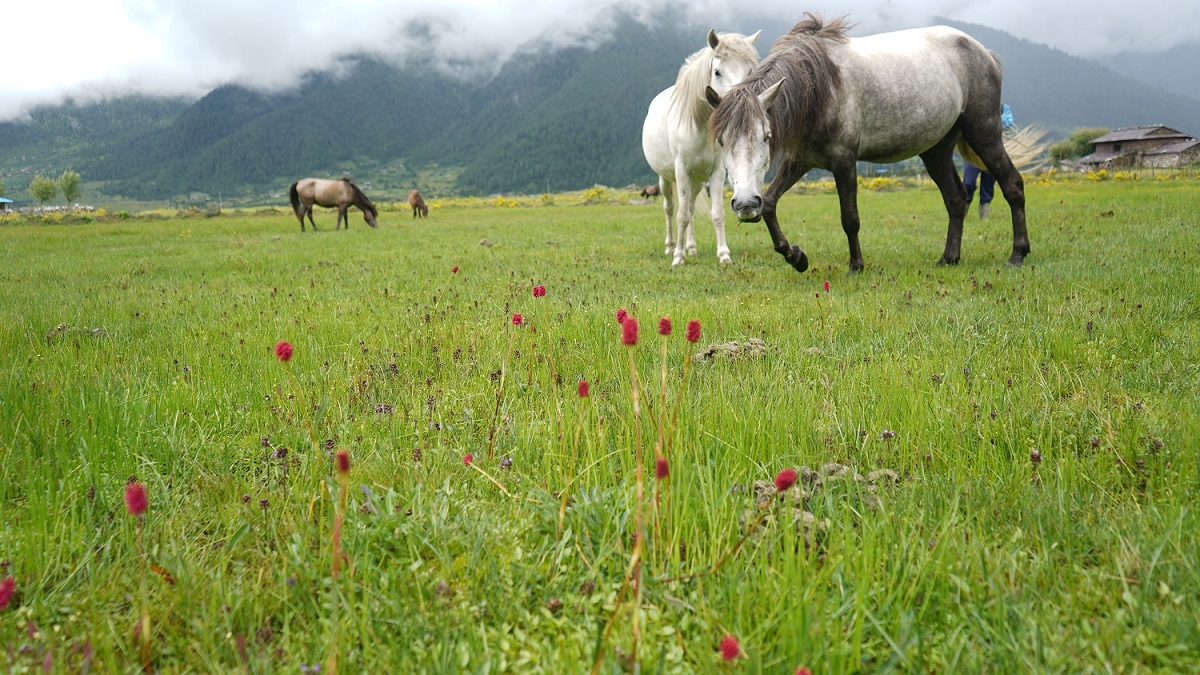
KATHMANDU: Flat meadows and sloping pastures adorned with colorful blooming flowers, herds of domestic animals grazing in the meadows, majestic mountains visible in the background from the hilltops, and the playful dance of clouds, sunlight, and sky water.
A tranquil environment with cool breezes, the sounds of birds and animals, creating a serene and picturesque setting.
Dhorpatan Hunting Reserve, spanning 1,325 square kilometers across Eastern Rukum, Baglung, and Myagdi districts, is transforming into a picturesque paradise as the blooming of colorful flowers enhances its natural beauty.
The reserve, Nepal’s only hunting reserve, has become increasingly attractive as its meadows and slopes burst into vibrant hues, particularly during the rainy season.
According to Jeevan Kumar Pun, Secretary of the Dhorpatan Tourism Promotion Development Committee, the lush meadows, known locally as ‘Buki,’ have begun attracting tourists. “While other areas experience an off-season from June to September, Dhorpatan remains in season,” Pun stated. “The beauty of the Buki, once limited to local awareness, has now become a significant attraction for eco-tourism.”
Enhanced infrastructure, including roads, transportation, hotels, and communication facilities, has facilitated the influx of visitors. Ram Bahadur Gharti Magar, operator of a community homestay in Dhorpatan, noted that tourists frequently visit to enjoy the scenic beauty and share their experiences on social media. “On weekends and holidays, tourists from various cities come to explore Dhorpatan,” Gharti Magar said.
Visitors such as Naveen Khatri from Kathmandu, who recently spent five days exploring Dhorpatan, highlighted the area’s suitability not only for hunting tourism but also for nature enthusiasts. “The serene environment, colorful flowers, constantly changing weather, and cool breeze make time pass unnoticed,” Khatri shared. “Dhorpatan’s diverse floral display during the monsoon season adds to its charm.”
Mandi Pangeini, a conservation officer at Dhorpatan Hunting Reserve, mentioned that the blooming period for Buki flowers extends from mid-July to early October. “The main attraction during the monsoon season is the Buki,” Pangeini said, adding that efforts are underway to identify and document the different flower species found in the reserve.
Pashupati Adhikari, another conservation officer, has compiled photographs and local names of 13 different flower species, including Dahi Tekheki, Rakshas, Bisauri, Boksi, Rake, Dudhe, Othe, Putali, Nakefuli, Patyangri, Payouli, Madane, and Kapchuche.
The next step involves working with experts to identify their English and scientific names. Additionally, to protect the flowers, the reserve has prohibited the use of tractors for transporting animal manure from grazing areas.
Farmers from Myagdi, Baglung, and Eastern Rukum have been bringing cattle, buffaloes, sheep, and horses to graze in the Buki areas, noting that animals fed on these nutritious grasses are healthier, heavier, and produce more milk and meat, according to farmer Dhan Bahadur Kayat.
Dhorpatan is developing into a year-round tourist destination, with different seasonal attractions. According to Ranger Sagar Subedi, from July 16 to Aug 12, a total of 581 Nepali tourists visited Dhorpatan. In the fiscal year 2022/23, 15,573 visitors generated a revenue of Rs 1,933,700.
Visitors are required to pay entry fees at the Deurali entrance, which include NPR 100 for Nepali citizens, Rs 1,500 for SAARC nationals, and Rs 3,000 for others.
Senior Conservation Officer Birendra Prasad Kandel reported a revenue collection of Rs 47,102,628 in the last fiscal year, a significant increase from Rs 34,800,000 in the previous year, attributing the rise to improved accessibility and increased hunting opportunities.




